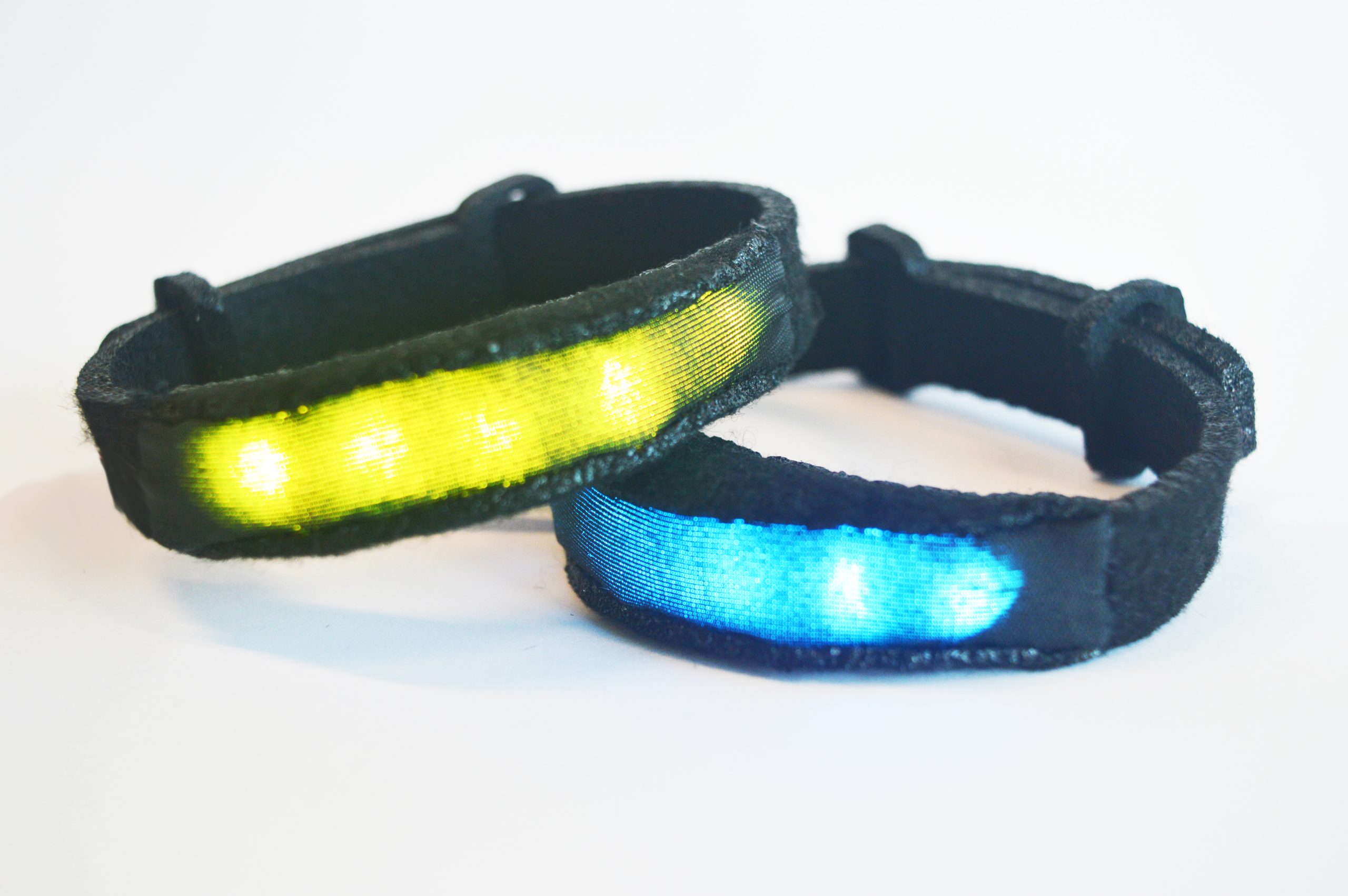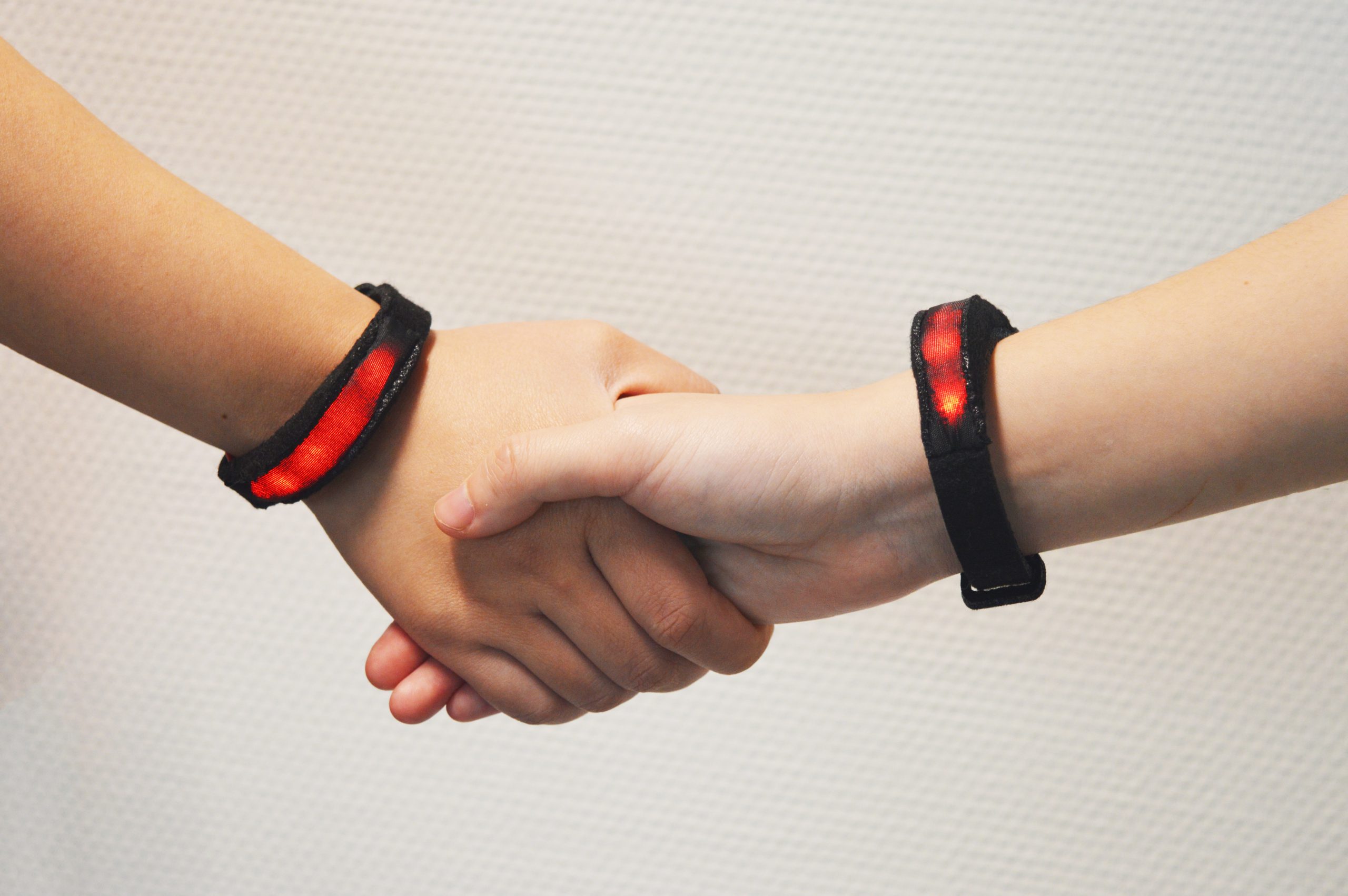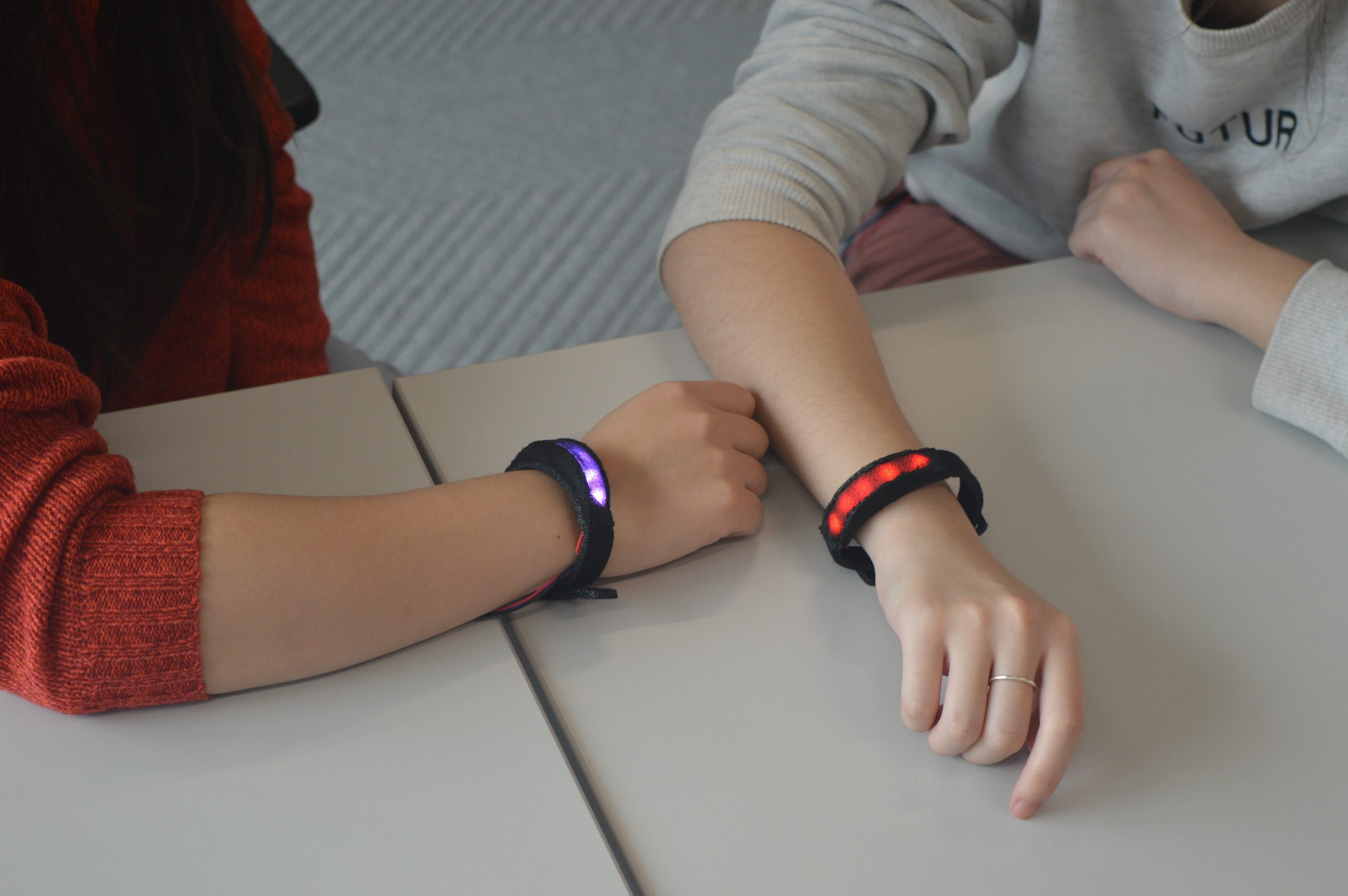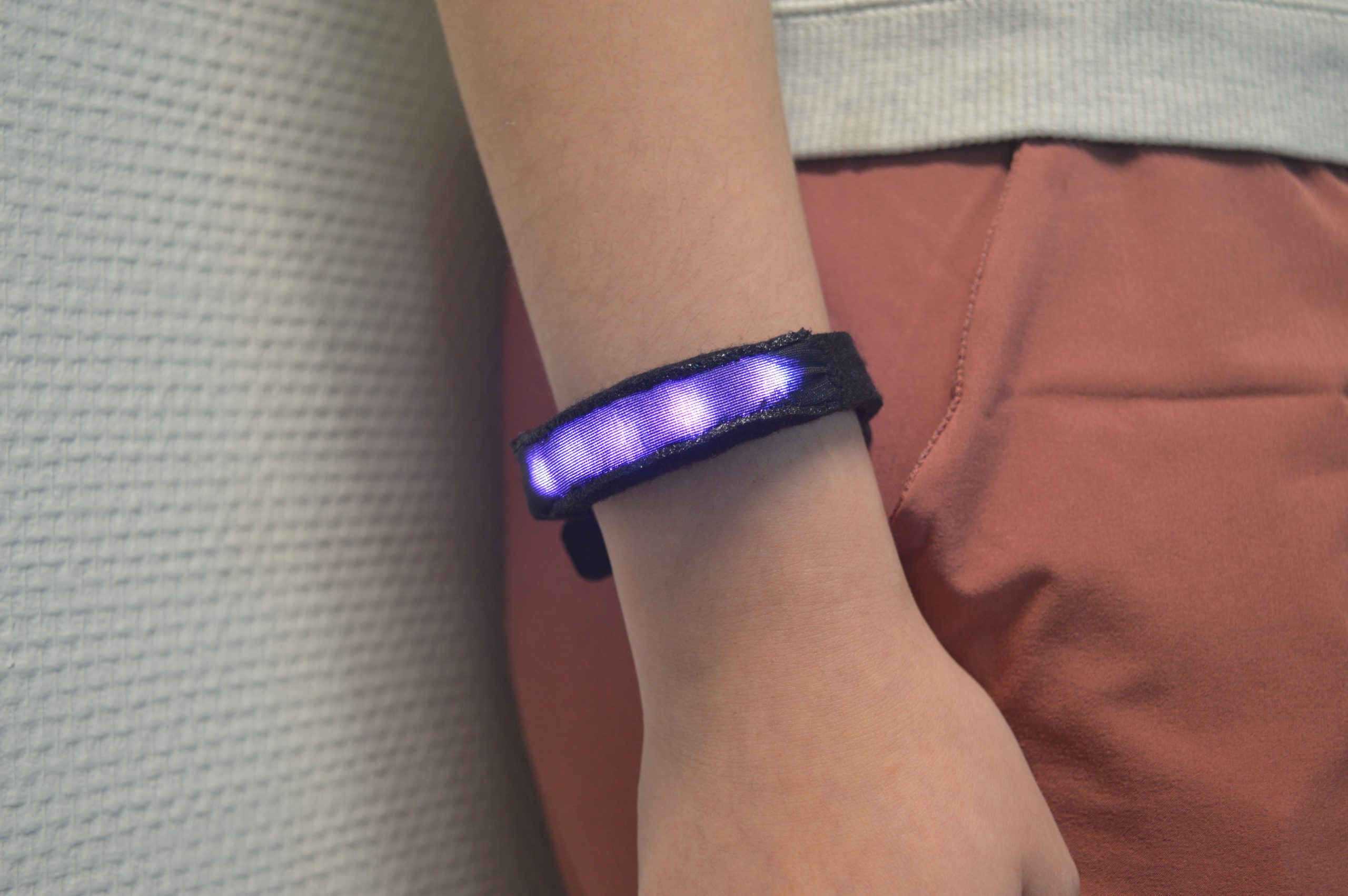RECOFRIEND
An Intelligent Embodied System for Enhancing Social Interaction
Embodying Intelligent Behavior in Social Context | Intelligent algorithm, Machine learning, AI
Team: Mitchell Ansems, Almar Stappen, Jing-cai liu, Solveig Skavnes, Florijne Merton
Background
There are many situations in which the setting is ripe for individuals to approach and get to know others outside of their social circle. Sometimes this might even be desired, like in a festive setting, a social event or business occasions. However, many have a hard time when it comes to approaching new people, as well as being bound by the presence of a pre-existing social group. For these types of occasions, we look to provide an embodied intelligent algorithm that can match individuals that could potentially connect well, that otherwise may have never taken the time to talk to one another. It is hypothesized that an embodied intelligent algorithm may heighten the likelihood of initial contact between such parties. According to Turner (1988), we need to ‘trust’ others to be motivated to initiate interaction, where trust is higher when there is a feeling of security and when there is sufficient information about the other person [1]. The design here is supposed to play a role in kick-starting a conversation, as well as providing the certainty that both parties have some common ground they can bond over, although they may not know exactly what this common ground will be.
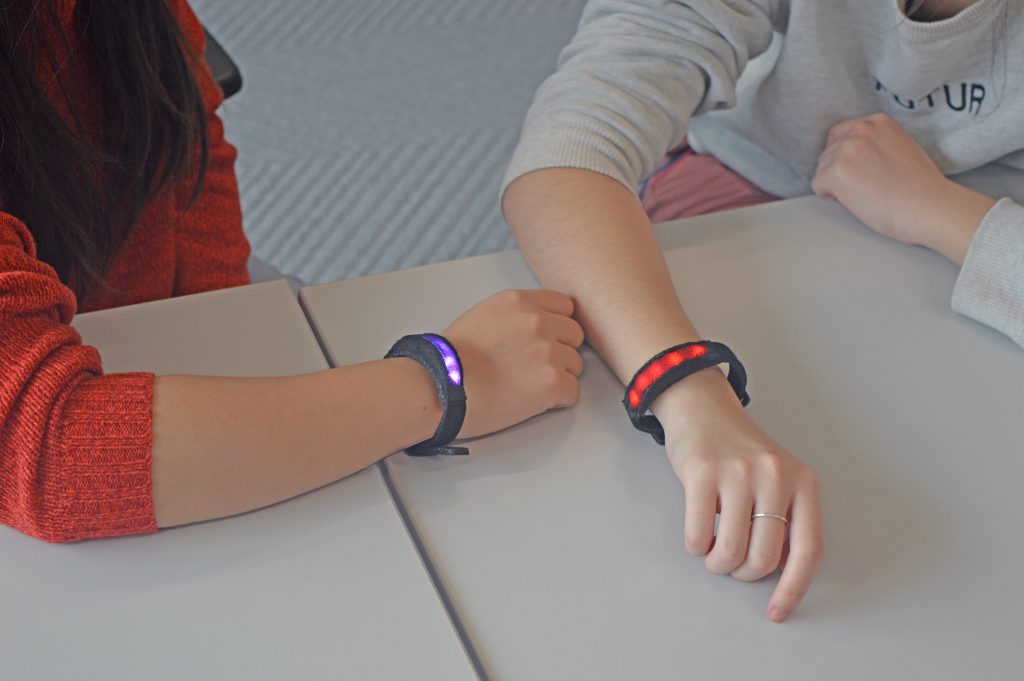
Concept
RecoFriend is an intelligent wristband that can be worn at large events in which people could meet new social contacts. It facilitates social interaction by breaking the ice in starting a conversation with a stranger. The goal here is to increase people’s chances of meeting others that might have similar interest, but that they would not regularly talk to. RecoFriend plays the role of a recommendation device that shows individuals with a similar profile to your own. The wristband displays a color that is linked to a specific class of people. One class of people may have the same interest, personality, lifestyle, or any other feature that people could bond over. Your profile or class is retrieved from survey data that you fill out at the beginning of the event. This process is arranged and guided by the party that acquired or rented the wristbands, which will usually be the organizer of said social event.
In terms of matching, the recommendations of the wristband will change after having conversations with another person meaning that the system learns over time what one’s preferences are and what they might find important. During each conversation, the wristband measures the length of the conversation as an indicator of match success. This is done by starting a count after a handshake and end the measuring when the distance between the persons is far enough, that it can be concluded that their interactions ended. This additional data from different conversations could then potentially change your class or profile to more accurately match you with future partners.

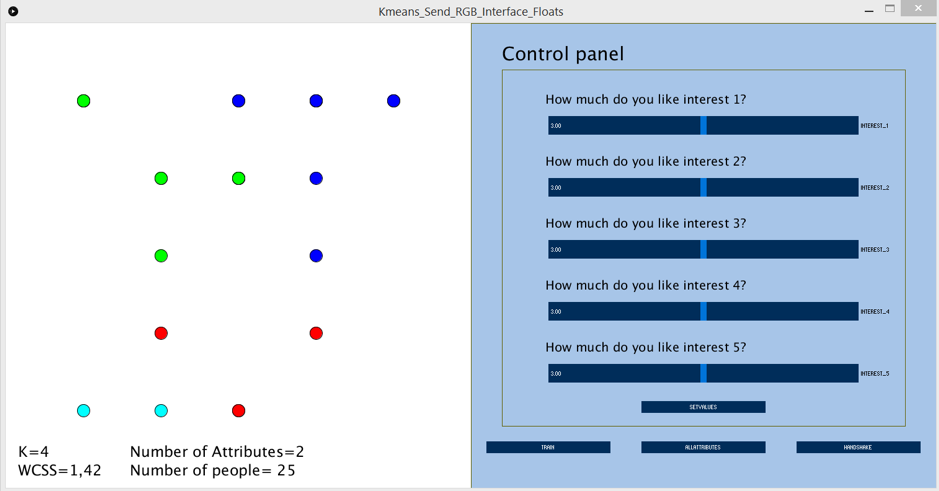
Every data point represents a person/bracelet. The implemented algorithm supports up to five different questions to be asked of a user. Each question represents a feature in the feature space, making the maximum feature space five-dimensional. Since five dimensions are not possible to illustrate, the graphic shows only the first two. The reason there are more data points than circles in the graphic is that several data points overlap in the first two dimensions.
